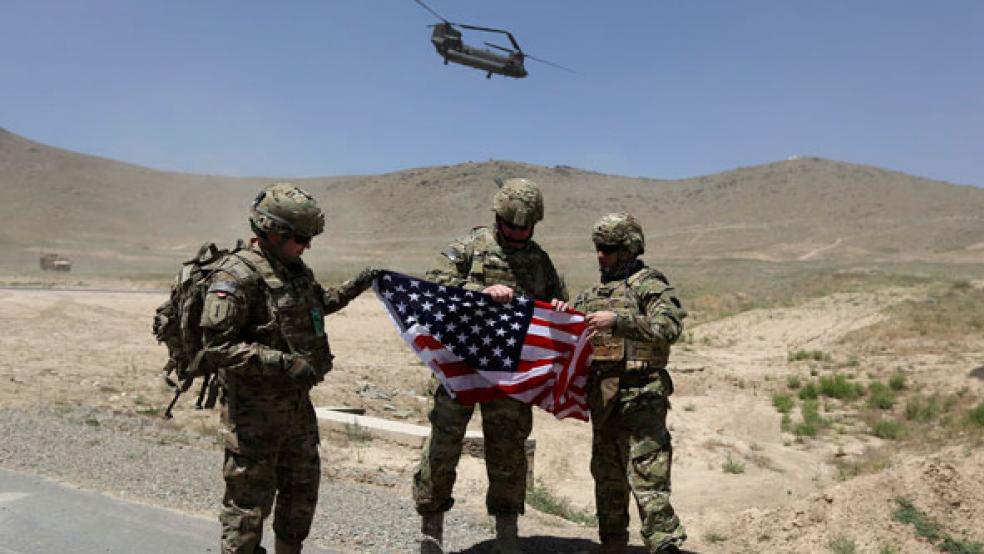Job prospects for veterans are looking up as their unemployment rate goes down.
The jobless rate for vets who served in Iraq and Afghanistan fell to 6.8 percent last month, the lowest level since November 2008, according to data from the U.S. Bureau of Labor Statistics on Friday. The overall unemployment rate dropped to 6.3 percent.
Related: A Light Flickers to Extend Unemployment Insurance
Unlike veterans of pre-9/11 conflicts, more recent vets have had a tougher time finding work in a labor market that’s still recovering from the 18-month recession that ended in June 2009. While vets often possess skills in leadership and discipline, their age and level of education sometimes put them at a disadvantage compared with older applicants who hold advanced degrees.
In 2011, President Obama signed into law legislation that provides tax credits to employers who hire unemployed vets, as well as employment services for job seekers. The U.S. Chamber of Commerce launched a separate campaign that same year to boost vet hiring in the private sector.
The employment needs for post-9/11 vets are expected to increase as the armed services reduce their troop levels in coming years and as the U.S. continues to draw down its presence in Afghanistan, much like it did in Iraq a few years earlier. About 300,000 service members leave the military each year.
“The nation must continue to focus on creating economic opportunities for our veterans, particularly given the intended withdrawal of troops from Afghanistan this year and planned reductions in troop strength and force structure,” the Iraq and Afghanistan Veterans of America said in a statement.
Related: As the Unemployed Twist in the Wind, Defense Contractors Get a Safety Net
The unemployment rate for older vets consistently falls below the national average, whereas the post-recession rate for recent vets peeked at 15.2 percent in January 2011. That’s significantly worse than the 10 percent peek in October 2010 for the overall U.S. labor market.
Analysts are hesitant to attribute the improving job situation for recent vets to any one source, mainly because the data sample set allows for fluctuations. The rate for the group “is more dynamic than the unemployment rate for other populations,” the nonpartisan Congressional Research Service said in a report this year about differences between older veterans and Gulf War II-era vets. “This dynamism is likely due to small sample sizes of GWII veterans in the surveys rather than abrupt changes in this population’s unemployment rate.”
Still, unemployment in April 2013 was 7.5 percent for recent vets, signaling a consistent decline. During that same period, the overall U.S. rate fell from 7.5 percent to 6.3 percent.
Top Reads from The Fiscal Times:





